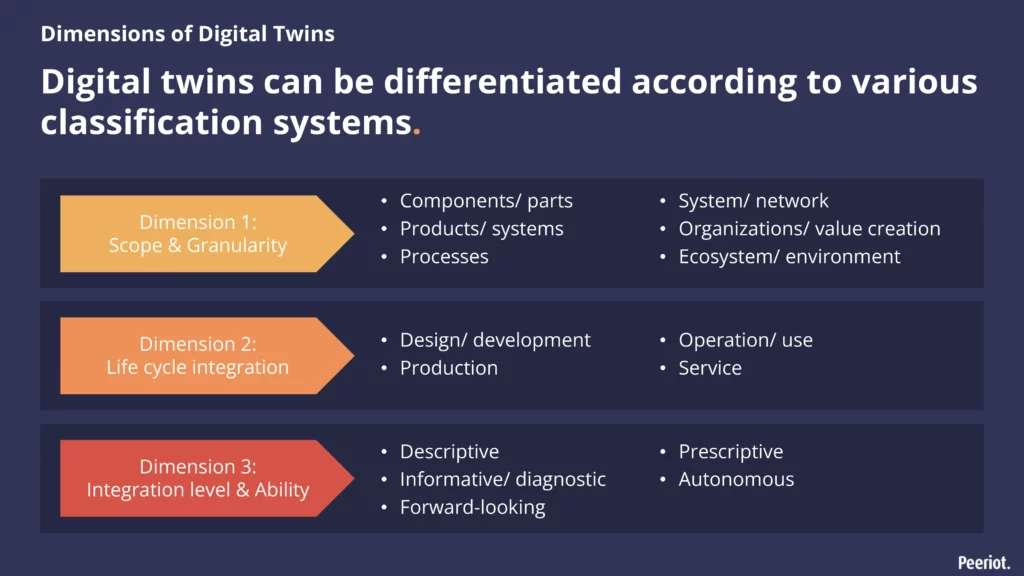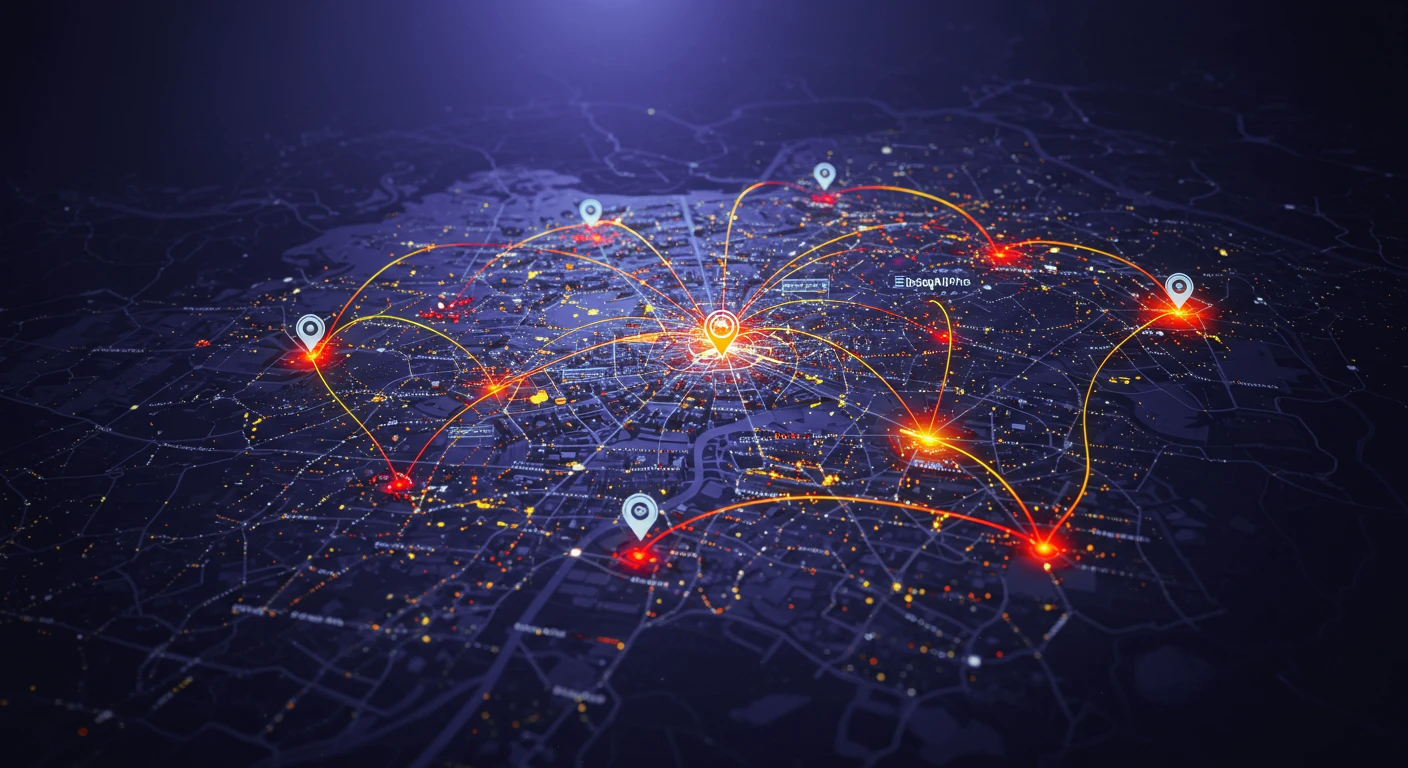“Houston, we’ve had a problem.”
These chilling words, spoken from the depths of space during the Apollo 13 mission in 1970, signalled a near-catastrophe. Stranded hundreds of thousands of miles from Earth, the crew faced dwindling oxygen and power. Their survival hinged not just on ingenuity in the capsule, but on frantic work back on the ground. NASA engineers used high-fidelity simulators – physical replicas mirroring the stricken spacecraft’s configuration – to test procedures and find solutions. These “pairing technologies” were, in essence, the ancestors of today’s digital twins.
Born from near-disaster in space, digital twins are now landing success across every industry on Earth. What started as a way to troubleshoot spacecraft has evolved into one of the most powerful technological concepts of our time. But what are they, really?
Forget static blueprints or simple data dashboards. A digital twin is a dynamic, living, breathing digital representation of a physical asset, process, or even an entire system. It’s fed real-time data, allowing it to simulate, predict, and optimize its physical counterpart. But the true power and surprise lie in their multi-faceted nature – their different dimensions. Digital twins are essential for modern technology, creating synergies that enhance operations and drive success.
Let’s unpack these dimensions to understand why this isn’t science fiction; it’s the new operational imperative.
How Big (or Small) Can a Digital Twin Be? Dimension 1: Scope & Granularity
Digital twins aren’t one-size-fits-all. Their scope can be incredibly vast or minutely focused. Think about this range:
- Components/Parts: Twinning a single critical bolt or turbine blade to predict wear.
- Products/Assets: Creating a twin for an entire engine, a wind turbine, or a medical device.
- Processes: Modeling a complex manufacturing workflow or a logistics operation.
- Systems/Networks: Twinning an entire factory, a power grid, or a city’s traffic system.
- Organizations/Value Creation: Extending the concept to model business processes and value streams.
- Ecosystems/Environment: Even twinning complex natural systems or market dynamics.
The takeaway? Forget seeing the forest for the trees. Digital twins let you see the entire ecosystem down to the last leaf. Whether it’s a single critical component or your whole value chain, from a single screw to your global supply chain – if it exists, it can have a digital twin watching its back.
A Lifetime Companion: Dimension 2: Lifecycle Integration
A true digital twin isn’t just a snapshot; it lives and evolves alongside its physical counterpart. This lifecycle integration is crucial:
- Design/Development: Simulate performance and test designs before anything physical is built.
- Production: Optimize manufacturing processes in real-time based on the twin’s insights.
- Operation/Use: Monitor performance, predict failures, and optimize usage based on live data.
- Service: Guide maintenance, troubleshoot remotely, and improve service strategies.
Digital twins aren’t static snapshots; they’re cradle-to-grave companions for your assets. They provide a continuous thread, linking stages often viewed in isolation. Why wait for failure? Your digital twin experiences the entire lifecycle in fast-forward, predicting problems before they start. It truly is the only constant thread tying it all together.
From Echo to Oracle (and Pilot!): Dimension 3: Integration & Capability
This is where digital twins get truly exciting and, frankly, revolutionary. Their capabilities range from simple description to autonomous action:
- Descriptive: What happened? (Basic visualization and reporting)
- Informative/Diagnostic: Why did it happen? (Analyzing past data for root causes)
- Predictive: What will happen? (Forecasting future states, like potential failures)
- Prescriptive: What should we do about it? (Recommending optimal actions)
- Autonomous: Let the twin handle it. (Automatically implementing actions based on insights)
Is your digital twin just a mirror, or is it a crystal ball and a pilot? We’re rapidly moving beyond twins that merely describe. The future is autonomous – twins that don’t just diagnose, they act. Imagine systems that self-optimize, self-heal, and constantly learn. Stop reacting to data. Unleash predictive and prescriptive twins to dictate optimal futures. This is the intelligence leap: When your digital twin knows your asset better than you do, and proves it.

So What? The Real-World Shockwave
Understanding these dimensions reveals why digital twins are profoundly changing our world. They offer unprecedented insight, efficiency, and resilience. They allow us to test the impossible, predict the unpredictable, and optimize the unmanageable.
Saving astronauts then, saving your bottom line now: The life-or-death precision of digital twins translates directly to competitive advantage. From hyper-personalized products and radically efficient factories to smarter cities and more sustainable practices, the applications are boundless.
The message is clear: Ignore digital twins? Prepare to be disrupted by those who don’t.
What began as a desperate, ingenious improvisation to save Apollo 13 has evolved into a technology that fundamentally reshapes our interaction with the physical world. The journey from those early simulators to today’s multi-dimensional, predictive, and increasingly autonomous twins marks a profound shift.
We’re moving beyond mere representation. We’re building dynamic bridges where the physical and digital realms don’t just mirror each other, but actively learn from, inform, and influence one another in real-time. These digital realities aren’t just reflecting our world; they are becoming an inseparable, intelligent, and evolving layer upon it. Understanding their dimensions – from the smallest component to the entire ecosystem, across the full lifecycle, and towards autonomous capability – isn’t just about staying current; it’s about navigating the future that’s already unfolding.


